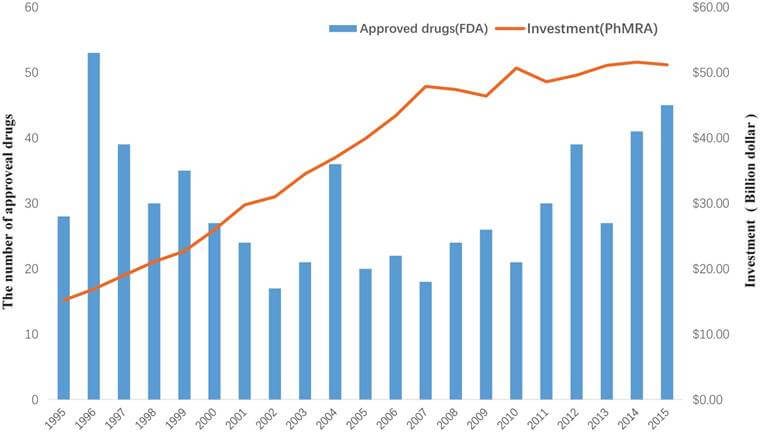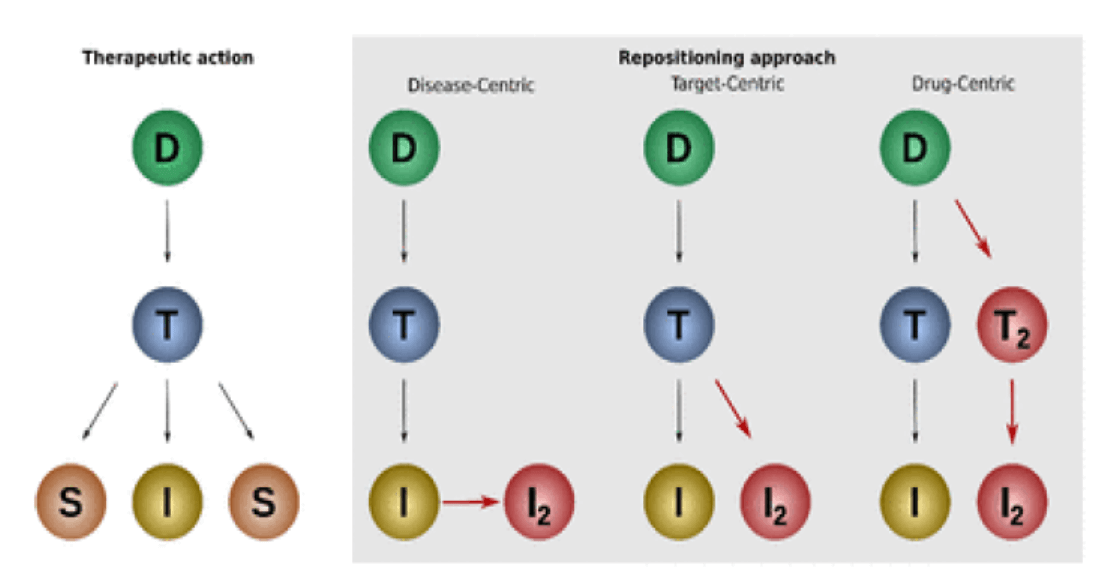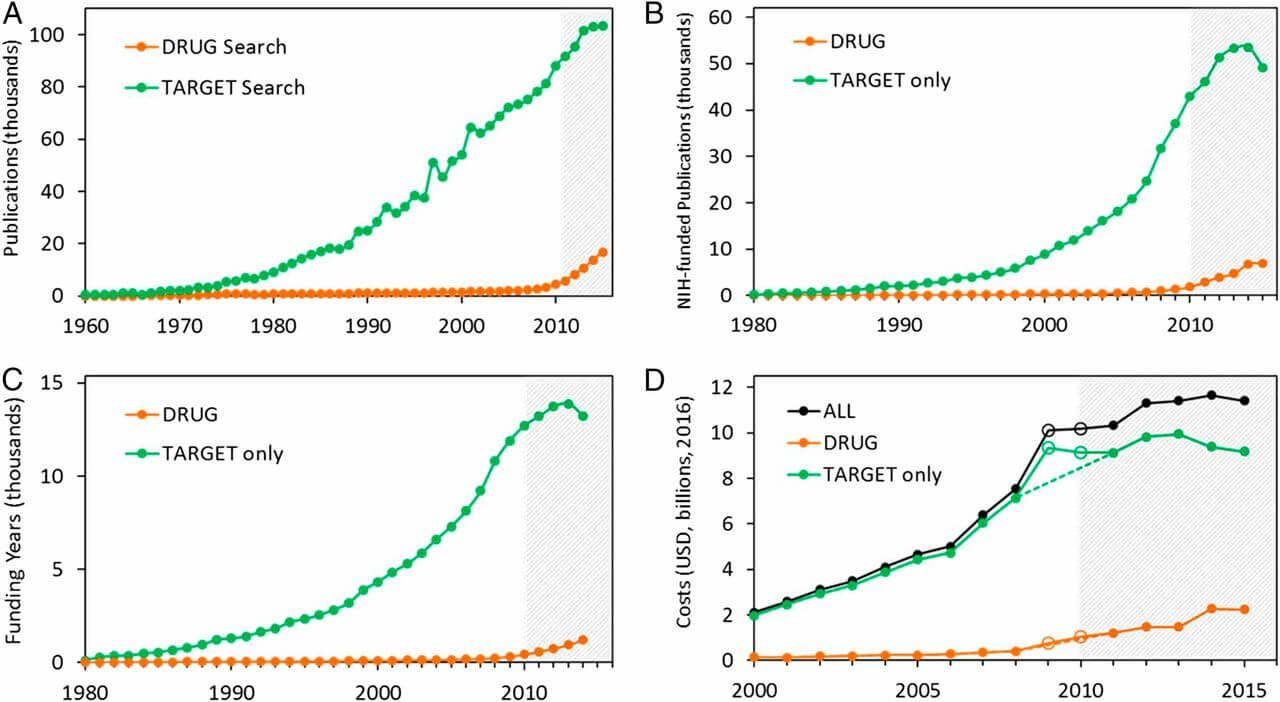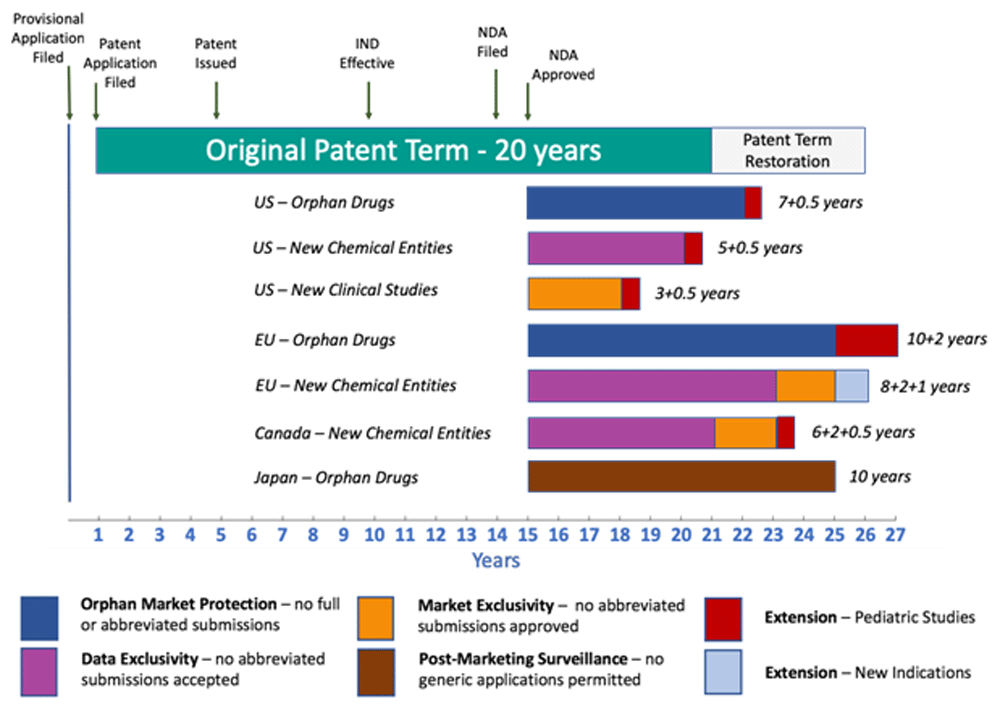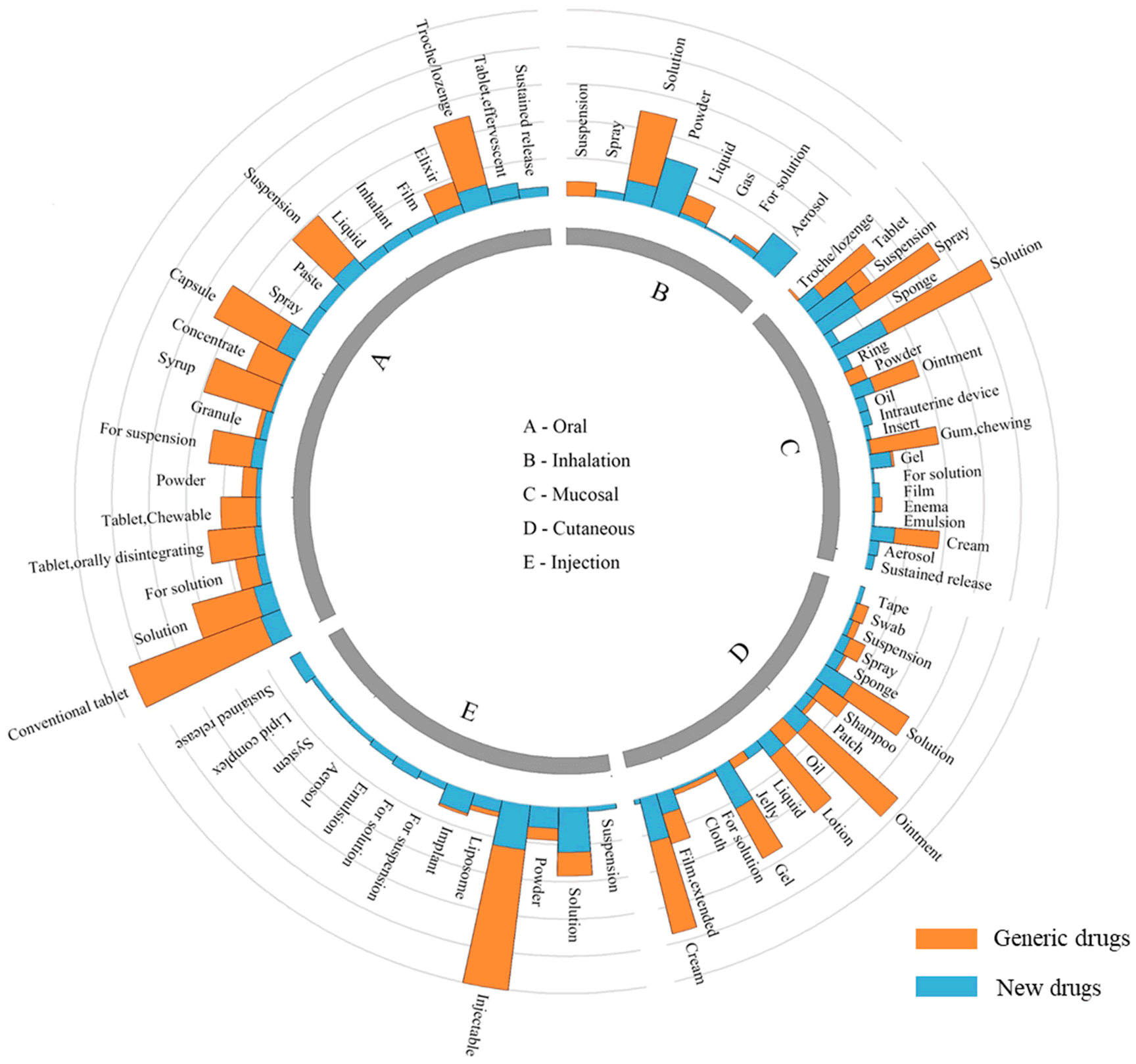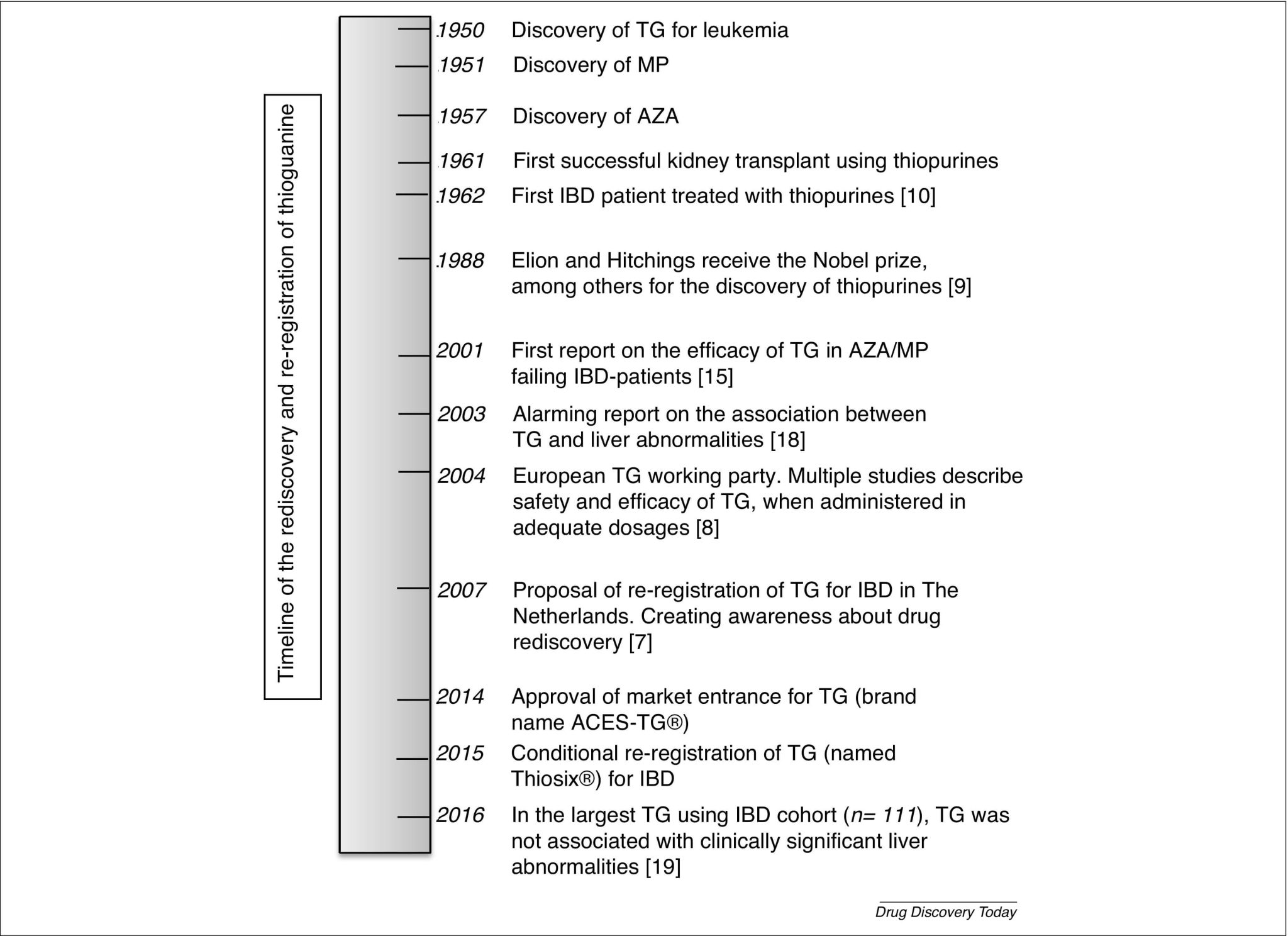In the ever-evolving landscape of cancer treatment, researchers and pharmaceutical companies are constantly seeking innovative approaches to combat this devastating disease. One promising avenue that has gained significant attention in recent years is drug repurposing, also known as drug repositioning. This strategy involves finding new therapeutic uses for existing approved drugs, potentially offering a faster and more cost-effective path to developing cancer treatments. However, the journey from identifying a potential repurposed drug to bringing it to market as a cancer therapeutic is fraught with regulatory and financial challenges. In this comprehensive article, we will explore these hurdles and discuss strategies to overcome them, ultimately paving the way for more effective and accessible cancer treatments.
Understanding Drug Repurposing in Cancer Therapeutics
The Concept of Drug Repurposing
Drug repurposing is the process of identifying new uses for existing drugs that have already been approved for other indications. This approach has gained traction in the field of cancer research due to its potential to accelerate the drug development process and reduce costs. By leveraging the existing safety and pharmacokinetic data of approved drugs, researchers can potentially bypass several stages of the traditional drug development pipeline, bringing new cancer treatments to patients more quickly and efficiently.
Advantages of Drug Repurposing in Cancer Treatment
The benefits of drug repurposing in cancer therapeutics are numerous and compelling. Firstly, repurposed drugs have already undergone extensive safety testing, which can significantly reduce the time and resources required for clinical trials. Additionally, the wealth of existing data on these drugs can provide valuable insights into their mechanisms of action, potential side effects, and optimal dosing regimens. This wealth of information can be invaluable in designing targeted cancer therapies and predicting their efficacy in specific patient populations.
Examples of Successful Drug Repurposing in Oncology
Several notable examples of successful drug repurposing in cancer treatment have emerged in recent years. One such example is the use of thalidomide, originally developed as a sedative, in the treatment of multiple myeloma. Another success story is the repurposing of metformin, a widely prescribed diabetes medication, which has shown promise in preventing and treating various types of cancer.
“Drug repurposing offers a unique opportunity to bring new cancer treatments to patients faster and at a lower cost. By leveraging our existing knowledge of approved drugs, we can potentially uncover hidden therapeutic gems that could make a significant impact in the fight against cancer.” – Dr. Jane Smith, Oncologist and Drug Repurposing Researcher at Harvard Medical School
Regulatory Challenges in Drug Repurposing for Cancer
Navigating the Regulatory Landscape
One of the primary hurdles in repurposing approved drugs for cancer treatment is navigating the complex regulatory landscape. While repurposed drugs may have an advantage in terms of existing safety data, they still need to undergo rigorous testing to demonstrate efficacy in their new indication. This process can be complicated by the fact that regulatory agencies may have different requirements for repurposed drugs compared to novel compounds.
FDA Regulations and Guidance for Repurposed Drugs
The U.S. Food and Drug Administration (FDA) has recognized the potential of drug repurposing and has taken steps to provide guidance on the regulatory pathways for these products. In 2013, the FDA issued a guidance document outlining the agency’s approach to evaluating repurposed drugs, including considerations for clinical trial design and data requirements. However, navigating these regulations can still be challenging, particularly for smaller companies or academic institutions with limited regulatory experience.
Intellectual Property Considerations
Another significant regulatory challenge in drug repurposing is navigating the complex landscape of intellectual property rights. While the original patent on a repurposed drug may have expired, new patents can often be obtained for novel formulations, dosing regimens, or combinations with other therapies. However, securing these patents and defending them against potential challenges can be a time-consuming and costly process.
Financial Hurdles in Repurposing Drugs for Cancer Treatment
The Economics of Drug Repurposing
While drug repurposing has the potential to be more cost-effective than traditional drug development, it still requires significant financial investment. The costs associated with conducting clinical trials, navigating regulatory processes, and marketing a repurposed drug can be substantial. Moreover, the potential return on investment may be lower for repurposed drugs compared to novel compounds, particularly if the original drug is already available as a generic.
Funding Challenges for Repurposing Projects
Securing funding for drug repurposing projects can be challenging, particularly for academic researchers or small biotech companies. Traditional sources of funding, such as venture capital or pharmaceutical industry partnerships, may be less interested in repurposing projects due to the perceived lower profit potential. This funding gap can make it difficult to advance promising repurposed drugs through the development pipeline.
Pricing and Reimbursement Issues
Once a repurposed drug has been approved for cancer treatment, pricing and reimbursement can present additional financial challenges. Insurance companies and healthcare systems may be reluctant to pay premium prices for repurposed drugs, particularly if the original version is available at a lower cost. This can make it difficult for companies to recoup their investment in developing and bringing the repurposed drug to market.
Strategies for Overcoming Regulatory Hurdles
Leveraging Existing Data and Real-World Evidence
One effective strategy for overcoming regulatory hurdles in drug repurposing is to leverage existing data and real-world evidence. By utilizing the wealth of safety and efficacy data available for approved drugs, researchers can potentially streamline the regulatory process and reduce the need for extensive new clinical trials. Additionally, real-world evidence from patients who may have used the drug off-label for cancer treatment can provide valuable insights to support regulatory submissions.
Engaging with Regulatory Agencies Early and Often
Early and frequent engagement with regulatory agencies is crucial for navigating the complex landscape of drug repurposing. By seeking guidance from agencies like the FDA or European Medicines Agency (EMA) early in the development process, researchers and companies can gain valuable insights into the specific requirements for their repurposed drug. This proactive approach can help identify potential roadblocks and streamline the regulatory pathway.
Utilizing Expedited Regulatory Pathways
Several expedited regulatory pathways exist that can potentially accelerate the approval process for repurposed drugs in cancer treatment. These include the FDA’s Breakthrough Therapy Designation, Fast Track Designation, and Priority Review. By leveraging these pathways, companies developing repurposed drugs can potentially bring their products to market more quickly, reducing costs and improving patient access to new treatments.
Innovative Approaches to Financing Drug Repurposing
Public-Private Partnerships
Public-private partnerships have emerged as a promising model for financing drug repurposing projects. By bringing together academic researchers, pharmaceutical companies, and government agencies, these partnerships can pool resources and expertise to advance promising repurposed drugs through the development pipeline. Examples of successful public-private partnerships in drug repurposing include the National Center for Advancing Translational Sciences (NCATS) at the National Institutes of Health (NIH) in the United States.
Crowdfunding and Patient Advocacy
Crowdfunding platforms and patient advocacy groups have also played an increasingly important role in financing drug repurposing projects. These approaches can be particularly effective for rare cancers or underserved patient populations, where traditional funding sources may be limited. By harnessing the power of patient communities and social media, researchers can potentially secure the funding needed to advance promising repurposed drugs through early-stage clinical trials.
Novel Financing Models
Several innovative financing models have been proposed to address the unique challenges of drug repurposing. One such model is the “megafund” approach, which involves pooling investments across multiple drug repurposing projects to spread risk and potentially increase returns. Another approach is the use of social impact bonds, where investors provide upfront funding for drug repurposing projects and are repaid based on the successful outcomes of the research.
Collaborative Approaches to Drug Repurposing in Oncology
Academic-Industry Collaborations
Collaborations between academic institutions and pharmaceutical companies can be a powerful tool for advancing drug repurposing in cancer treatment. These partnerships can combine the innovative research capabilities of academia with the development and commercialization expertise of industry. By working together, academic and industry partners can potentially overcome both regulatory and financial hurdles more effectively.
International Consortia and Data Sharing
International consortia and data sharing initiatives have emerged as important facilitators of drug repurposing in oncology. These collaborative efforts bring together researchers, clinicians, and data scientists from around the world to share knowledge, resources, and data. By pooling information on drug responses across diverse patient populations, these consortia can potentially identify new opportunities for drug repurposing and accelerate the development of promising candidates.
Open Innovation Platforms
Open innovation platforms have gained traction as a means of crowdsourcing ideas and solutions for drug repurposing in cancer treatment. These platforms allow researchers from around the world to contribute their expertise and insights, potentially uncovering novel applications for existing drugs that may have been overlooked. By harnessing the collective intelligence of the global research community, open innovation platforms can help overcome both regulatory and financial barriers to drug repurposing.
The Role of Artificial Intelligence in Drug Repurposing
AI-Driven Drug Discovery
Artificial intelligence (AI) and machine learning technologies are playing an increasingly important role in drug repurposing for cancer treatment. These advanced computational tools can analyze vast amounts of biological and clinical data to identify potential new applications for existing drugs. By leveraging AI, researchers can potentially accelerate the drug repurposing process and identify promising candidates that may have been overlooked by traditional methods.
Predictive Modeling for Regulatory Success
AI-powered predictive modeling can also be a valuable tool for navigating regulatory hurdles in drug repurposing. By analyzing historical regulatory data and outcomes, these models can help researchers and companies predict the likelihood of regulatory success for their repurposed drug candidates. This information can be invaluable in making informed decisions about which projects to pursue and how to allocate resources most effectively.
AI in Clinical Trial Design and Patient Selection
Artificial intelligence can also play a crucial role in optimizing clinical trial design and patient selection for repurposed drugs in cancer treatment. By analyzing patient data and treatment outcomes, AI algorithms can help identify the most promising patient populations for a given repurposed drug, potentially increasing the chances of clinical trial success and regulatory approval.
Ethical Considerations in Drug Repurposing for Cancer
Balancing Innovation and Patient Safety
While drug repurposing offers the potential for faster and more cost-effective cancer treatments, it is crucial to maintain a strong focus on patient safety. Researchers and regulators must carefully balance the desire for innovation with the need to protect patients from potential risks associated with repurposed drugs. This may involve conducting additional safety studies or implementing enhanced monitoring protocols for repurposed drugs used in cancer treatment.
Addressing Conflicts of Interest
The drug repurposing process can sometimes give rise to potential conflicts of interest, particularly when researchers or institutions stand to benefit financially from the success of a repurposed drug. It is essential to establish clear guidelines and disclosure policies to ensure transparency and maintain public trust in the drug repurposing process.
Ensuring Equitable Access to Repurposed Drugs
As repurposed drugs move through the development pipeline and into clinical use, it is important to consider issues of equitable access. Efforts should be made to ensure that repurposed cancer treatments are available to all patients who could potentially benefit, regardless of socioeconomic status or geographic location. This may involve developing innovative pricing models or partnering with global health organizations to improve access in low- and middle-income countries.
Future Directions in Drug Repurposing for Cancer Treatment
Integrating Multi-Omics Data
The integration of multi-omics data, including genomics, proteomics, and metabolomics, holds great promise for advancing drug repurposing in cancer treatment. By analyzing these complex datasets, researchers can gain a more comprehensive understanding of drug mechanisms and potential applications in different cancer types. This approach may lead to more targeted and effective repurposing strategies in the future.
Combination Therapies and Precision Medicine
The future of drug repurposing in cancer treatment is likely to involve an increased focus on combination therapies and precision medicine approaches. By combining repurposed drugs with other therapies or tailoring treatments to individual patient characteristics, researchers may be able to enhance efficacy and overcome resistance mechanisms. This personalized approach to drug repurposing has the potential to significantly improve patient outcomes in cancer treatment.
Expanding the Scope of Repurposing
As our understanding of cancer biology continues to evolve, the scope of drug repurposing is likely to expand. Researchers are increasingly exploring the potential of repurposing drugs from diverse therapeutic areas, including cardiovascular, neurological, and infectious disease medications. This broader approach to drug repurposing may uncover unexpected and powerful new tools in the fight against cancer.
Conclusion
Drug repurposing represents a promising approach to developing new cancer treatments, offering the potential for faster, more cost-effective drug development. However, significant regulatory and financial hurdles must be overcome to fully realize the potential of this strategy. By leveraging innovative approaches such as public-private partnerships, AI-driven discovery, and collaborative research models, we can work to overcome these challenges and bring new hope to cancer patients around the world.
As we continue to advance our understanding of cancer biology and drug mechanisms, the opportunities for drug repurposing in oncology are likely to grow. By addressing the regulatory and financial hurdles head-on and fostering a collaborative, innovative research environment, we can pave the way for a new era of cancer therapeutics that harnesses the full potential of existing drugs to improve patient outcomes and save lives.
Key Takeaways
- Drug repurposing offers a promising approach to developing new cancer treatments more quickly and cost-effectively.
- Regulatory challenges in drug repurposing include navigating complex approval processes and addressing intellectual property issues.
- Financial hurdles include securing funding for repurposing projects and addressing pricing and reimbursement challenges.
- Strategies for overcoming regulatory hurdles include leveraging existing data, engaging with regulatory agencies early, and utilizing expedited approval pathways.
- Innovative financing models, such as public-private partnerships and crowdfunding, can help address funding challenges in drug repurposing.
- Collaborative approaches, including academic-industry partnerships and international consortia, are crucial for advancing drug repurposing in oncology.
- Artificial intelligence and machine learning technologies play an increasingly important role in identifying and developing repurposed drugs for cancer treatment.
- Ethical considerations, including patient safety and equitable access, must be carefully addressed in drug repurposing efforts.
- Future directions in drug repurposing for cancer treatment include integrating multi-omics data, focusing on combination therapies, and expanding the scope of repurposing efforts.
- Overcoming regulatory and financial hurdles in drug repurposing requires a multifaceted approach involving collaboration, innovation, and a commitment to improving patient outcomes.
FAQs
- Q: What is drug repurposing, and why is it important in cancer treatment?
A: Drug repurposing, also known as drug repositioning, is the process of finding new therapeutic uses for existing approved drugs. It’s important in cancer treatment because it can potentially accelerate the development of new therapies, reduce costs, and leverage existing safety data to bring treatments to patients more quickly. - Q: How does the regulatory process differ for repurposed drugs compared to new drug development?
A: While repurposed drugs may have an advantage in terms of existing safety data, they still need to undergo rigorous testing to demonstrate efficacy in their new indication. The regulatory process may be streamlined in some cases, but companies must still navigate complex approval pathways and address potential intellectual property issues. - Q: What are some innovative financing models for drug repurposing projects?
A: Innovative financing models for drug repurposing include public-private partnerships, crowdfunding, patient advocacy initiatives, “megafund” approaches that pool investments across multiple projects, and social impact bonds that tie funding to successful outcomes. - Q: How is artificial intelligence being used in drug repurposing for cancer treatment?
A: Artificial intelligence is being used in various aspects of drug repurposing, including analyzing large datasets to identify potential new applications for existing drugs, predicting regulatory success, optimizing clinical trial design, and selecting the most promising patient populations for repurposed drug candidates. - Q: What are some of the ethical considerations in drug repurposing for cancer treatment?
A: Ethical considerations in drug repurposing include balancing innovation with patient safety, addressing potential conflicts of interest, and ensuring equitable access to repurposed drugs for all patients who could potentially benefit, regardless of socioeconomic status or geographic location.
